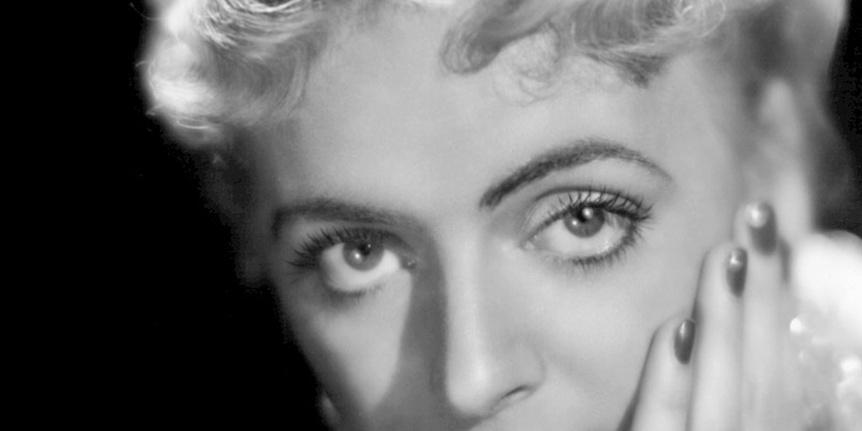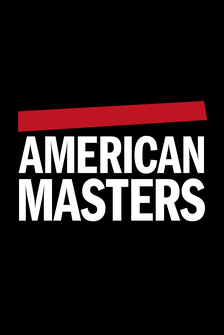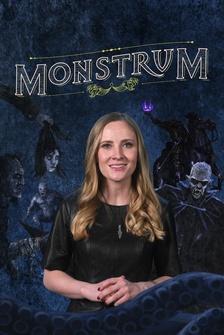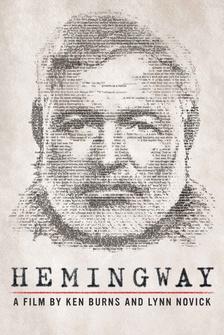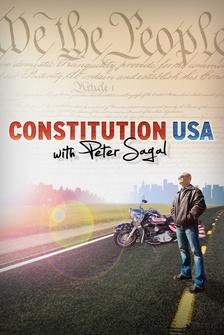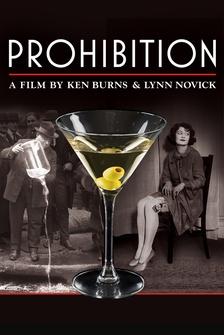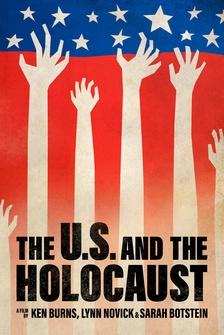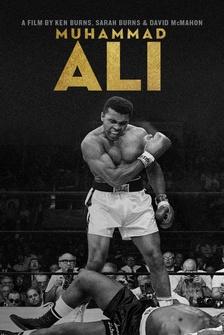Hillary Clinton's campaign is weighing a number of potential running mates.
And if it's not him than I think that the other person is very close.
Every four years, the news media speculate endlessly about who the presidential candidates will select to be their running mates.
There may be other names out there that the campaign has not released.
The process even has its own name: Veepstakes.
Often the choice is predictable, sometimes there are VP shockers - running mate picks that no one, even the most astute political analysts, saw coming.
Let's look at some of history's most dramatic Veepstakes moments Senator John McCain was behind in the polls against Barack Obama in 2008 when he made his surprising VP pick: small town mayor-turned-Alaska governor Sarah Palin, a choice no one predicted.
At first, public perception suggested McCain had made a bold choice with a political outsider whose gender, youth, and more conservative ideology helped balance the Republican ticket.
Initially, it paid off and his poll numbers skyrocketed.
But it wasn't long before Palin's inexperience and lack of preparation showed in interviews and debates.
Like what one specifically?
Um, all of them, any of them... And the public immediately took notice.
And I can see Russia from my house.
[Crowd Laughs] As the election season progressed, public opinion of Palin turned increasingly negative, The “Palin Effect” and how it affected the way voters made their choice today.
And later analysis showed that she potentially cost the McCain campaign millions of votes - a significant liability in a tight race like 2008.
In July 1972, Democratic candidate George McGovern announced his running mate: Missouri Senator Thomas Eagleton a rising young political star whose anti-abortion views balanced McGovern's ticket, or so the campaign hoped.
Only 18 days later, things looked very different.
Right after the Democratic National Convention ended, word emerged about Eagletons medical history: three times during the 1960s he had been hospitalized for depression and received electroshock treatment.
McGovern stood by his choice at first, but political pressure mounted.
McGovern replaced Eagleton with former Peace Corps director Sargent Shriver.
But the campaign never recovered from the last-minute switch, ultimately losing the election by the largest landslide in U.S. history.
The scandal also forever changed the way potential VPs were vetted going forward.
At 1 a.m. on August 8th, 1968, presidential hopeful Richard Nixon finally announced his running mate.
Spiro Agnew was an unknown on no one's list, a former Baltimore County executive who had only been governor of Maryland for two years.
I stand here with a deep sense of the improbability of this moment.
At first, Agnew's name became a campaign punchline [Manic Laughter] But Nixon's decision turned out to be quite savvy.
Positioned together on the Republican ticket as law-and-order candidates, Nixon and Agnew won the popular vote by a small margin but took the Electoral College by 110 votes.
Once in office, Agnew did such a good job of reinforcing the president's rhetoric that he became known as “Nixon's Nixon”.
But ultimately, the copycat routine went too far Just before the Watergate scandal ended Nixon's presidency, Agnew himself stepped down to avoid his own separate charges of bribery, extortion, and tax fraud, becoming only the second U.S. vice president in history to resign.
Conventional wisdom says presidential candidates should balance the ticket by choosing VPs who compliment them potentially broadening their appeal to a wider range of voters.
But in 1992, Bill Clinton threw decades of political strategy out the window and chose a running mate who was practically his mirror image.
Senator Al Gore was almost the exact same age as Clinton.
Also, Southern and a centrist Democrat.
In fact, Gore was so similar to the presidential candidate that Republicans dubbed him “Clinton's tax and spend brother”.
Gore was reportedly selected from a list of 40 potential candidates, with Clinton's key considerations being that his running mate share his values, be prepared to serve as president immediately, and have the stamina required for a long, hard campaign.
It paid off.
Together, Clinton and Gores youthful energy carried the first all-baby-boomer presidential ticket to a big electoral college win, proving that sometimes doubling down is a risk worth taking.
A handful of Hillary Clintons possible number twos.
John McCain, you know, conventional wisdom is that hes gonna choose among these three.
At the end of the day, choosing a surprising running mate is like placing a high-stakes bet.
And as history's Veepstakes players can attest, it doesn't always pay off.
But sometimes, it's the bold move that propels you all the way to the White House.
To learn more, watch The American Vice President from American Experience.



